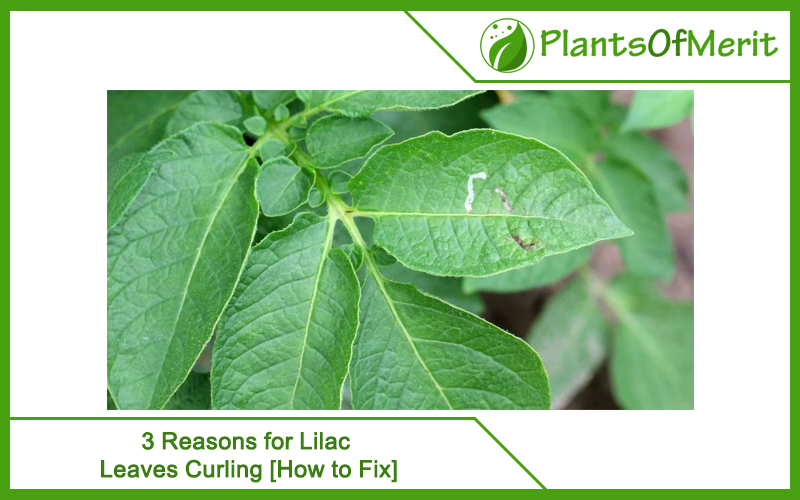If you are fond of flowering plants, lilac is no doubt one of the most stunning trees that you can consider growing. Besides the bright and dark green leaves, what takes away people’s attention is the stunning and dense lilac-colored flowers that cover the circumference of the plant.
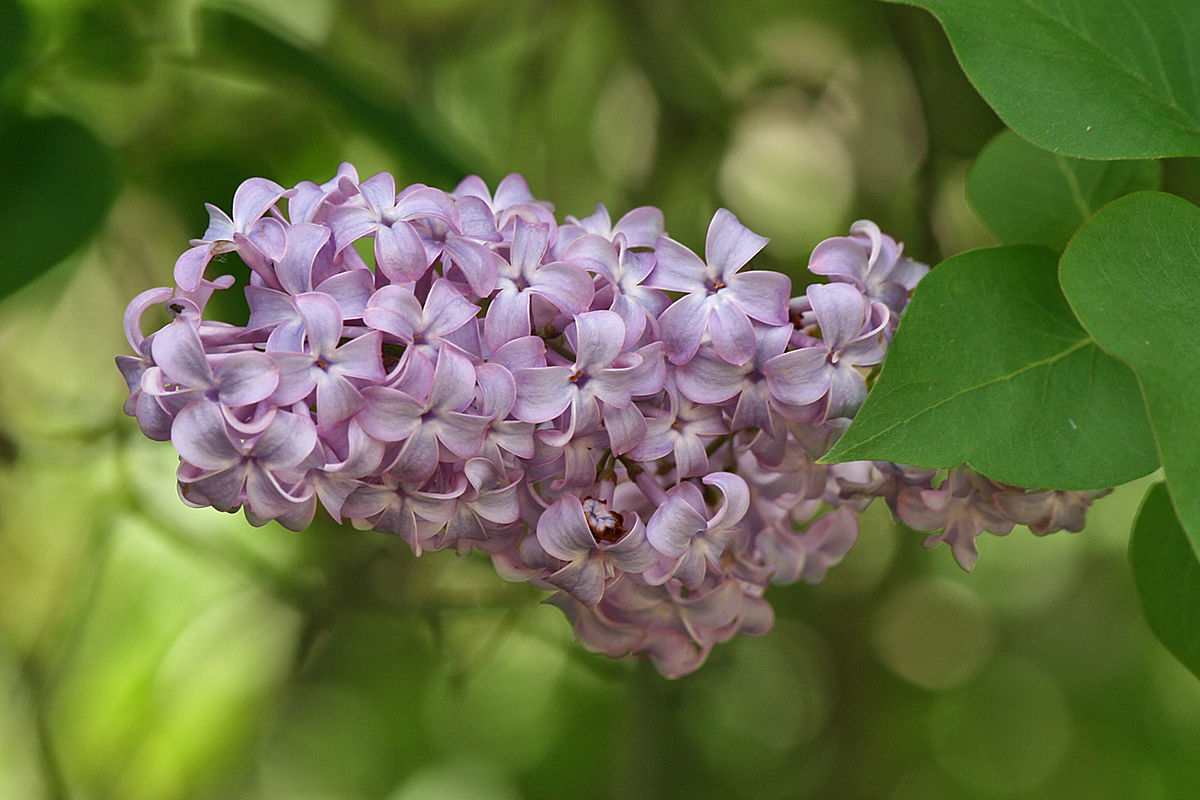
However, as beautiful as the plant or tree looks with all the blooms, signs of the Lilac leave curling to indicate that the blooms might not be as potent. In some cases, chances are that the plant won’t flower at all. These are highly concerning issues that will put all your efforts in growing the plant to waste.
We will highlight some of the common reasons why the Lilac leaves are curling and what you can do to fix the issue.
Why are the Lilac Leaves Wilting and Curling?
The Lilac plant is generally quite resilient and should grow without any issues. However, like most living things on this planet, certain issues also affect the lilac leaves, leading to risks of potential and permanent damage.
The curling of the leaves is an early sign of an issue in the plant, something that you need to take immediate measures for. Following are some of the common reasons why the lilac leaves are curling and what you can do to fix it:
1. Pest Infestation
The Lilac plant is comparably resilient. However, it should be taken with an equal amount of care, especially when it comes to keeping potent pests like leaf miners out of the plant. They are very discrete and often not even visible to the naked eye, which is a common reason why you need to stay highly vigilant of the complications.
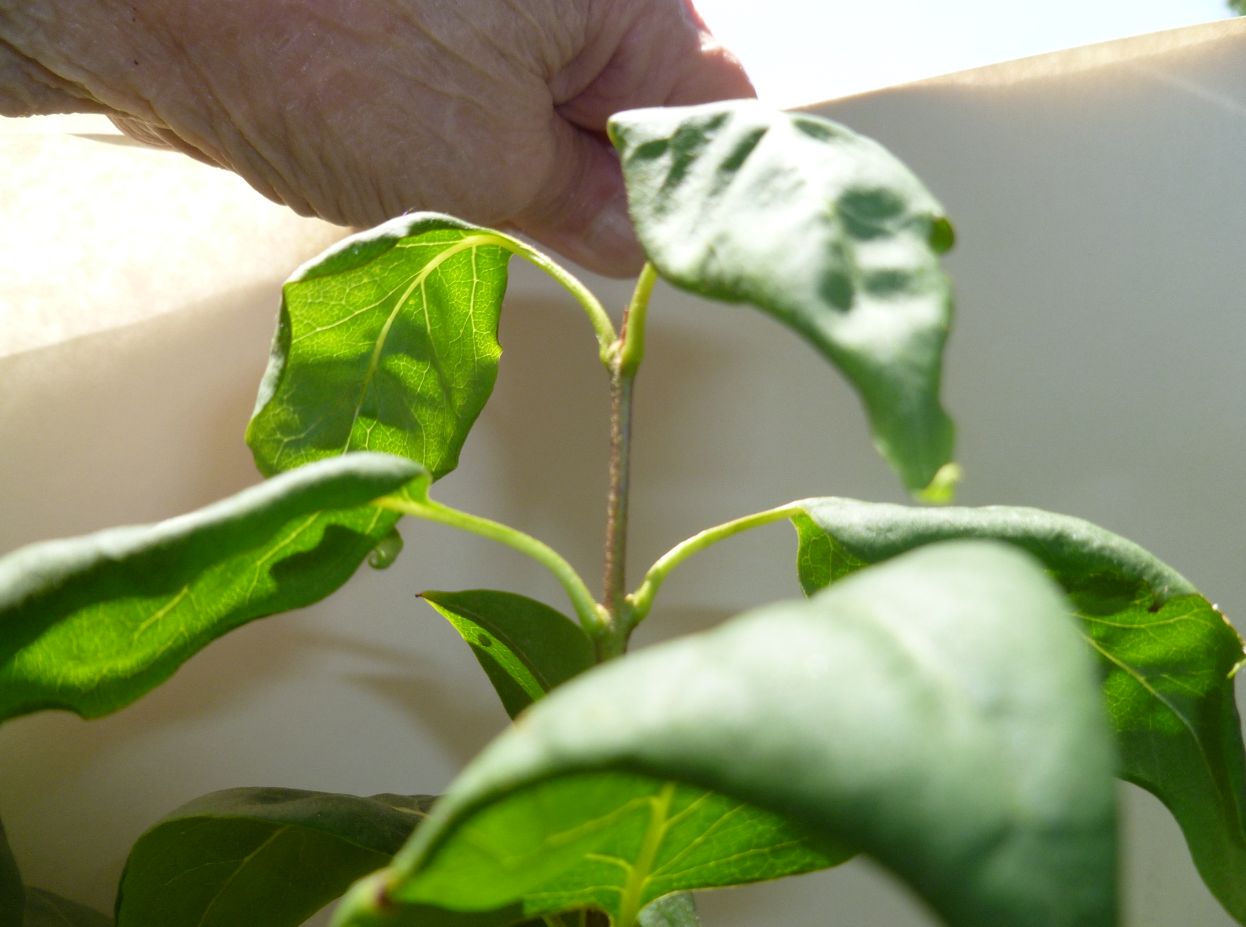
Ideally, what the leaf miners do is get inside the lilac leaves and contributes to the curling of the leaves by weakening the structure. If you don’t spot the issue at an earlier stage, chances are that these leaf miners will take over the entire plant, leading to potential damage and destruction of the plant.
Most often, leaf miners also weaken the plant’s structure, making the plant more susceptible to other pests and insects, leading to further and long-term damage.
How to fix it?
As we said, spotting leaf miners in the lilac plant can be quite difficult, especially because they are minute and very discrete amidst the dark, green foliage of the plant. Your work is to look into finding them at an early stage and spray the spots with insecticides. These will kill them immediately, preventing further spread.
Also, if the damage or the curling of the leaves is quite extensive and has spread to other parts of the plant, we’d recommend cutting off the infested leaves so they don’t spread and damage the plant any further.
Sometimes, applying a thick layer of neem oil helps in keeping the leaf miners and other pests out of the plant’s vicinity.
2. Powdery Mildew
Mold and mildew are two of the worst things that your plant can potentially have. Although they don’t seem anything different to the naked eye, mildew leaves a white powdery layer on the leaves of the plant, leading to complications and damage to the plant in the long run.
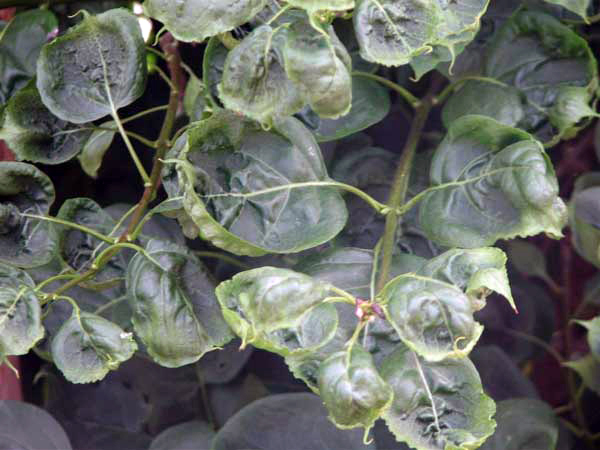
The white powdery mildew is a type of fungal infestation that you should be mindful of. It happens when the temperature and humidity in the surroundings rapidly rise. It is primarily affected by the humidity, so if you have any means of reducing the humidity, we’d recommend starting there.
Taking note of the mildew at an early stage is important. As the fungal disease spreads and affects the adjoining leaves, they start curling, wilting, and changing their color gradually. Not taking immediate actions will eventually lead to risks of permanent damage and even prevent the flowers to come in.
How to fix it?
Your first step is to stay vigilant. The moment you notice white powdery residue on the plant and leaves is the moment you have to take action. Ideally, we’d recommend that you take precautions to prevent it. However, if that isn’t possible, your next best step is to spray a good amount of fungicide in and around the plant. Also, if you have any way to manage the humidity, we’d recommend that you do that as well.
3. Lack of watering
With most plants, you get the onset of complications when there is waterlogging and excess watering of the plant. The same isn’t the case with the lilac plant. They are more susceptible to risks of underwatering, which eventually leads to the leaves curling and even wilting off the branches.
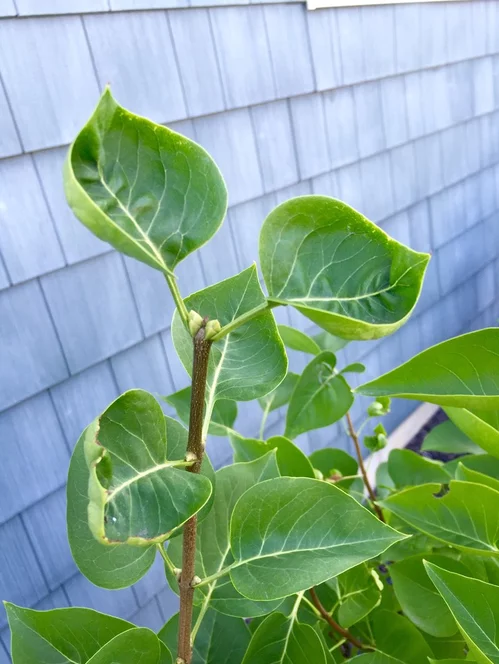
Underwatering predominantly affects the process of nutrient uptake, leading to the signs of curling and wilting of the leaves. If you notice that the leaves are changing color from their bright green to yellow before curling, it is an early sign of a lack of water and moisture in the soil.
Consistent underwatering also leads to the eventual browning of the leaves around the sides. If you don’t take immediate measures for the same, chances are that the underwatering stress will end up killing the plant altogether.
How to fix it?
Get a moisture meter and a testing kit for the soil. This will allow you to assess the water level in the soil. In case the water level is very low in the soil, your best bet would be to find effective ways to up the moisture levels. The most obvious way is to rewater your soil as needed. You can check the soil by touching it. If it’s too dry to touch, it suggests that you need to water it pretty much immediately without any fail.
FAQs
1. Can leaf curl be reversed?
Leaf curling is generally a sign of viral infection, which need to be treated with the right kind of viral treatment. Ideally, the only way it can be reversed is by ensuring that you spot the signs of viral infection early. Once you do, be proactive about treatment because that is what makes all the difference.
2. What is wrong with my lilac leaves?
One of the most common issues that happen with lilac leaves is bacterial plant disease, which is known as lilac blight. It is more prominent in areas with humid and rainy weather conditions. So, if you end up noticing any issues with the lilac leaves, especially when it comes to curling, you should act quickly.
3. How do you get rid of leaf curls naturally?
If you are noticing lilac leaves curling, especially around the edges, it could be a sign of imminent damage or infection. What we’d recommend you do is that spray some sulfur or copper spray on the plant for optimal growth.
4. Should I remove leaves with leaf curl?
If you notice lilac leaves curling, it could be a sign of damage. Ideally, what we’d recommend you do is remove all the puckered leaves from the plant. This ensures that the other leaves won’t be infected due to the already existing infection.
5. What deficiency causes the curling of leaves?
When it comes to the curling of lilac leaves, could be indicative of calcium deficiency in the plant. Some of the most common signs could be damage to the leaves, especially from the outer areas, or stunted growth of the plant. Also, tip burn is a very common sign of damage when it comes to lilac flowers and leaves.
Conclusion
Lilac trees are stunning but noticing the leaves curling around the sides can end up affecting the plant’s growth and even the blooming process. Ideally, the causes aren’t that extensive, so look out for the issues we have sorted out in this article. If the issue doesn’t recover even after implementing the relevant control measures, we’d recommend that you try a mix of multiple control measures to see what works.

